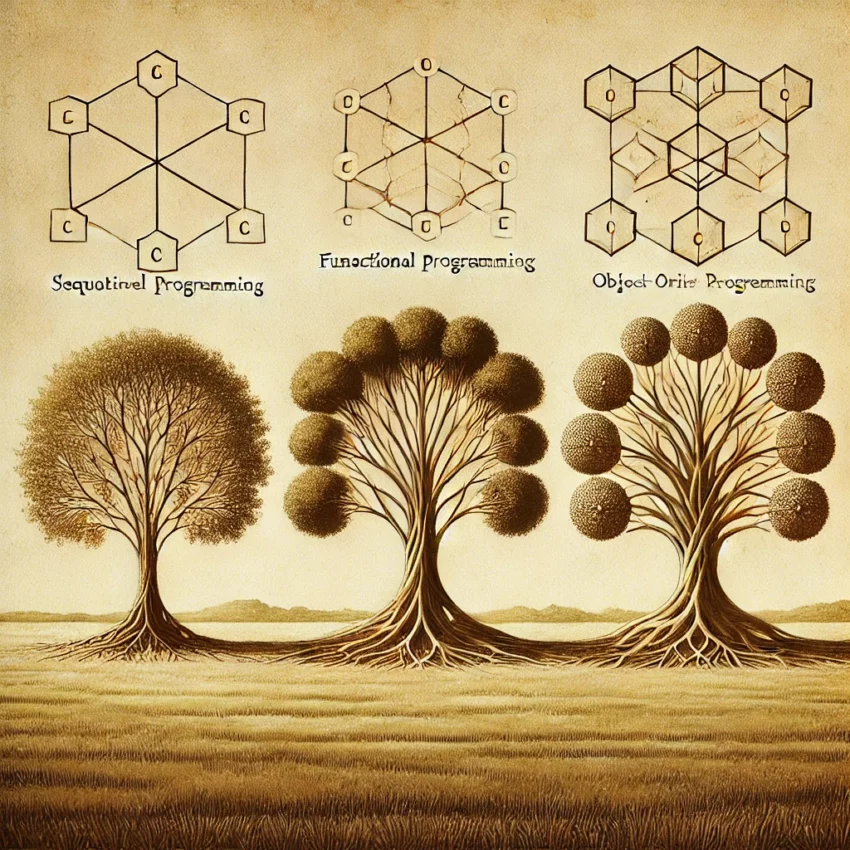A technical comparison between TCP and UDP protocols implemented in Python: examining performance metrics, security considerations, and practical applications within healthcare systems using FHIR standards for effective data exchange between medical platforms. Introduction: The Significance of TCP vs UDP When browsing websites, streaming videos, or making video calls, our data travels across networks using protocols…
Category: Programming
Create a Medical Database with Docker: Complete Guide with SQLAlchemy, and Flask
Introduction: Why Build a Medical Database with Docker? Creating a robust medical database system requires careful consideration of security, scalability, and maintainability. Furthermore, Docker containerization offers an ideal solution for healthcare applications by providing isolated environments that ensure consistent deployment across different systems. In this comprehensive tutorial, we’ll explore how to create a medical database…
Sensitivity Analysis
Definition Sensitivity analysis is a collection of techniques that determine how input parameters affect model results. Specifically, it measures how much variation in the results stems from different types of uncertainty. For a model: examines how Y changes when each X is modified. Sensitivity analysis can be applied across several key areas: predictive models, simulation,…
Random Numbers in Python
Why do we need random number generation in statistics and data science? Data scientists and statisticians rely on random number generation for several important purposes. They can be used to create data samples, which serves as a foundation for advanced statistical techniques. This includes Bootstrapping methods that involve resampling from existing data to create new…
Programming Paradigms in Python
A programming paradigm is the model or approach used to logically organize a program. It defines how different parts of a program interact and work together. A programming paradigm encompasses three key aspects: Paradigms Let’s explore the main types of programming paradigms Imperative Paradigm This paradigm involves giving the computer explicit, step-by-step instructions using variables,…
Visualizing Statistical Distributions with Python
Required Libraries Import Normal distribution Exponential distribution Bernoulli distribution Binomial distribution Poisson distribution Uniform distribution Chi square distribution t distribution vs normal distribution Sigmoid function
Inside Dicom
In a previous blog post, we explored how to read the content of a DICOM file, including its numerous tags. These tags provide insights into the study type, characteristics, and all relevant patient and study information. Now, we’ll focus on the most crucial tag—the one containing the images. A typical study can include anywhere from…
Matplotlib (2)
Following our general introduction to the matplotlib environment, let’s explore the types of graphs this Python library can produce. Among the most commonly used graphs for data presentation are: Histograms Histograms primarily illustrate the distribution of a continuous variable. The data is divided into uniform intervals (bins), and the frequency of each bin is represented….
Matplotlib (1)
Python offers several libraries for creating professional graphs, but Matplotlib stands out as the foundation upon which many others are built. Often referred to by its alias “plt,” Matplotlib enables users to generate complex, element-rich graphs as well as multiple visualizations. Another popular library, Seaborn (alias “sns”), functions as an extension of Matplotlib and requires…
SQL databases
In Python data management, SQL databases become essential when dealing with large data volumes. These databases efficiently handle extensive structured data, offering robust features for complex querying, maintaining data integrity, and managing storage effectively. As datasets grow in size and complexity, SQL databases provide the necessary scalability, performance optimization, and data consistency mechanisms crucial for…









